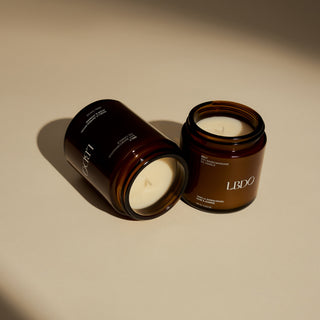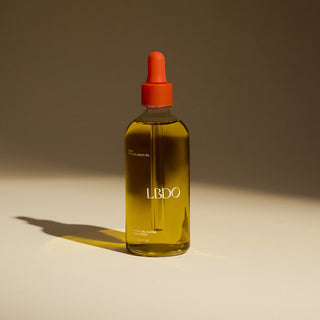Eye contact is often treated as a sign of closeness. We hold it when we want someone to feel seen. We look away when we feel shy or unsure. But during sex, eye contact can take on a different kind of intensity. For some, it deepens connection. For others, it feels like too much. So why does something as simple as looking into someone’s eyes carry so much weight in intimate moments?
Let’s explore the psychology and neuroscience behind it.
What happens in the brain when we make eye contact?
From a neurological perspective, eye contact is a powerful social signal. When two people look at each other, a few key systems light up in the brain.
First, the superior temporal sulcus becomes active - a region that helps you interpret facial expressions, gaze direction, and social cues. Eye contact also stimulates the amygdala, which is responsible for processing emotion. This is why sustained eye contact can feel intense - it puts the brain in a more alert, emotionally attuned state.
At the same time, mutual gaze can trigger a dopamine response, especially when it’s happening during physical touch or arousal. Dopamine is the brain’s reward chemical - it creates a sense of pleasure and motivation. In moments of intimacy, this combination of emotional and sensory activation can create a kind of feedback loop: the more connected you feel, the more your brain rewards you for staying in it.
This might explain why eye contact during sex can feel overwhelming - or deeply bonding - depending on your emotional state, history, and comfort with being seen.
Looking can build trust - or stir discomfort
Eye contact is one of the fastest ways to signal emotional presence. During sex, it can say, without words: I’m here. I see you. I’m not somewhere else. For some people, that’s reassuring. It creates a sense of stability in a moment that might otherwise feel uncertain or vulnerable.
But for others, being looked at while experiencing pleasure can bring up anxiety. Holding someone’s gaze may feel too exposing. This response can be shaped by personal history, attachment style, or even cultural background. In those moments, closing your eyes can feel protective - not because something’s wrong, but because the emotional intensity is real.
Recognising your own response, and being able to communicate that with someone you trust, can help create a sense of safety - one that leaves room to experiment at your own pace.
Gaze and power dynamics
In some dynamics, eye contact can carry meaning beyond connection. It can signal control, attention, or invitation. A lover might ask you to look at them during a moment of heightened sensation. You might choose to look away to hold something private. These aren’t small choices. They shift the energy in the room - and change the emotional tone of the experience.
Psychologically, this taps into non-verbal dominance and submission. Research shows that direct gaze increases perceptions of power, assertiveness, and confidence. Avoiding eye contact, on the other hand, can read as deference - but also as autonomy, depending on context.
This is why eye contact often features in power play or kink. It isn’t just about looking. It’s about being given permission to look - or being told not to.
Should you try it?
There’s no one right way to use eye contact during sex. Some people find it essential. Others prefer to keep their eyes closed to stay connected to their own experience. What matters is noticing what it brings up for you - and exploring it with intention, not pressure.
If you’re curious, try experimenting during solo play. Looking into a mirror while pleasuring yourself can offer insight into how you respond to being seen - even if it’s just by yourself. If it feels safe and interesting, you might explore it with a partner next. You don’t need to maintain long stretches of eye contact. A glance, a moment of shared focus, or simply noticing when your eyes meet can be enough to shift the energy.
Sometimes, it’s not about what you see. It’s about what you’re willing to let someone else see in you.














